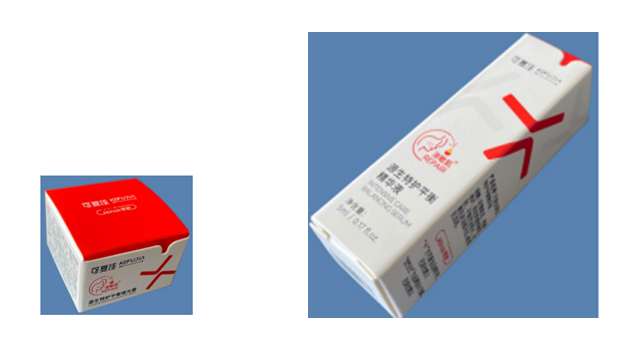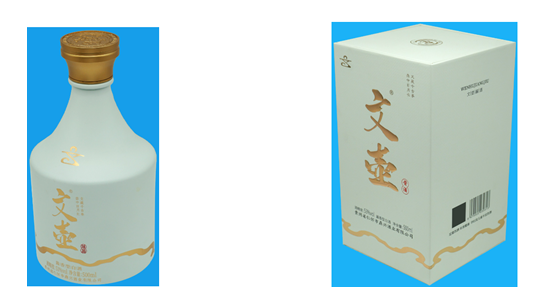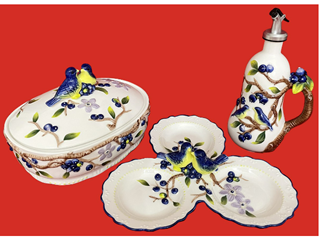
Baoyu ZHANG
Chinese Patent Attorney
Under Article 31, Paragraph 2 of the Chinese Patent Law, two or more similar designs for the same product, or two or more designs for products that belong to the same category and are sold or used as a set, may be filed as a single application (referred to as a combined application).
Similar to a single application, each design within a combined application can independently exercise its rights after being granted. The combined application with multiple designs is treated as a single application for fee purposes. Therefore, during the application stage, for multiple designs that meet the conditions for combined applications, it is advisable to utilize the combined application system to the fullest extent possible to reduce costs and mitigate the risk of double patenting that may result from filing separate applications for highly similar designs
The following explains the two scenarios for a combined application:
I. Conditions for a Combined Application of Two or More Similar Designs for the Same Product
From the aforementioned legal provision, it can be understood that "same product" and "similarity" are two essential conditions for a combined application.
The concept of"same product" is relatively straightforward. For example, the design of a water cup and a bowl cannot be filed as a combined application, even though both are dining containers and belong to the same category “07-01” in the International Design Classification. However, they are not the same product. Additionally, in the case of partial designs, partial designs for different parts of the same product generally cannot be combined. For instance, the design of the body of a water cup and its handle cannot be filed together as a combined application.
Regarding "similarity," Section 9.1.2 of Chapter 3 of the Examination Guidelines stipulates that if the differences between two designs lie in minor local variations, conventional designs typical of that product category, repetitive arrangement of design units, regular variations in the position and/or proportional relationship of partial designs within the whole, or changes solely in color elements, then the two designs are generally considered similar designs. Below, the five scenarios of similarity are explained with examples.
Similarity Case 1: CN202430171887.5 (rear views are identical, not shown, only the front views of four designs are listed)

Similarity Case 2: ZL202430305082.5

Similarity Case 3: ZL202330838417.5

Similarity Case 4: ZL202230154092.4

Similarity Case 5: ZL202430345430.1

When multiple designs for the same product exhibit the similarities mentioned above, the applicant may consider filing a combined application. If, during the examination stage, the designs are deemed dissimilar and fail to meet the requirements for a combined application, a divisional application can be filed, which will not affect the grant of the patent. Additionally, the number of similar designs in a single application must not exceed 10.
II. Conditions for a Combined Application of Products Sold or Used as a Set
According to Article 40, Paragraph 2 of the Implementing Regulations of the Patent Law, products sold or used as a set must simultaneously meet three conditions:
■belonging to the "same broad category,"
■being "customarily sold or used together,"
■and sharing the "same design concept."
The criterion of "being sold or used together" is assessed from the perspective of ordinary consumers, such as in the case of coffee utensils like a coffee cup, coffee pot, sugar bowl, and milk jug. It should be noted that bundling a backpack and a pencil case for promotional purposes by certain merchants does not qualify them as a set under patent law for combined sale or use, as they belong to different "broad categories."
Case 1 for Products Sold or Used as a Set: ZL202430327170.5

Case 2 for Products Sold or Used as a Set: ZL202430485035.3

In combined applications for sets of products, each design must be an overall design and cannot be a partial design.
Additionally, the combined application method for similar designs and the combined application method for sets of products CANNOT be used simultaneously. For example, multiple similar designs of a wine bottle and multiple similar designs of a packaging box cannot be included in one application.
The above provides a concise overview of various scenarios for combined design applications within the context of granted design patents. Applicants are encouraged to proactively pursue combined applications for designs that align with these scenarios to optimize cost efficiency and minimize the risk of double patenting.
Open wechat "scan", open the page and click the share button in the upper right corner of the screen